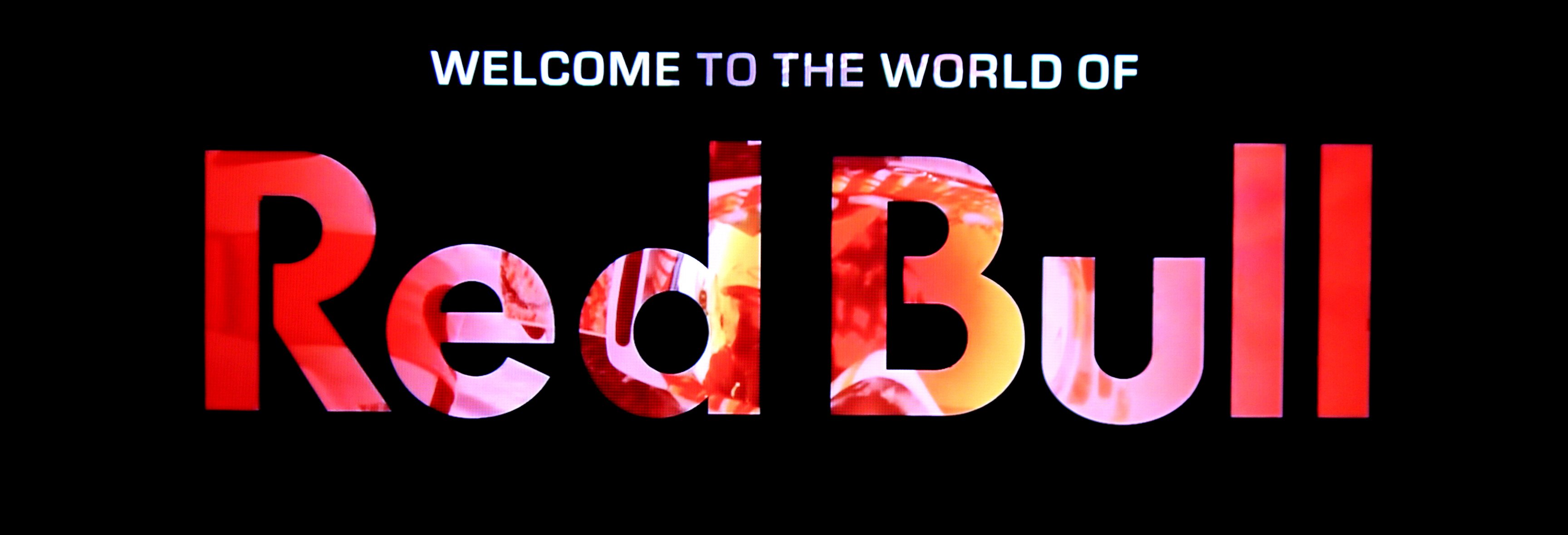Nostalgic advertising has been used many times before and they sometimes have favorable outcomes. The reason for this is because it elicits a response from the consumer other forms of advertisement does not. For example, have you ever saw, heard, or felt something that took you back into time? If you have, that reminiscent feeling gives you a moment in the past and you just have to be there. Well, that's what some advertisements successfully do. Jack Daniel's "Legend" campaign did a great job of this. They showed legendary artists and bands such as Frank Sinatra, Mudhoney, and Joey Ramone. Their goal was to capture rock 'n' roll legends and associate that with Jack Daniel's. They intended to capture the greatest times and aligned it with their product. A large group of direct Jack Daniels consumers would probably be attracted to this commercial. Not only that, it could spike interest in non-direct Jack Daniel's consumers. According to www.adweek.com, it increased their Brand Power Index score (it is measured by the amount of social media buzz and online searches a brand receives every quarter) by 27% (Adweek Source). Although nostalgic advertisement has an advantage, it could have a negative impact as well.
A way for nostalgic marketing to negatively effect consumers is through eliciting negative associations in consumers. Certainly, Frank Sinatra could remind people of World War II, or a time when their girlfriend dumped them. These associations come in numerous forms and can sometimes not be calculated. But for example, if studies suggest that showing a bicycle in advertisement can boost market sales because it reminds people of their good times in the past, then why not go with that.
Honestly, there is not much to say about negative effects in my opinion. I feel that there will be people that do like a nostalgic feeling and that there will be people that don't. Sometimes it favors the company and sometimes it works against it. Although this is not a 50/50 case, there are cases where nostalgic advertising can be very effective. It can help bring back the good times and memories to consumers. In effect, encourage consumers to purchase these brands' products.
































